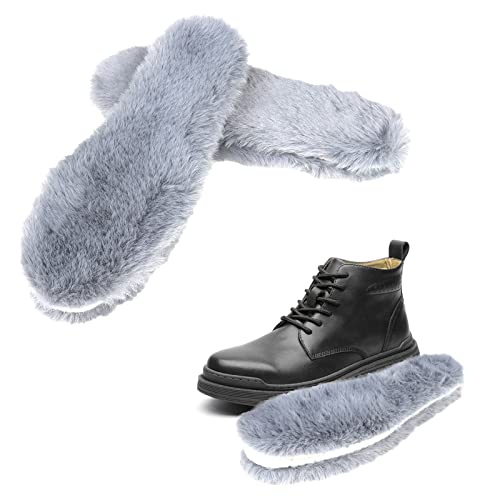Yes, after thinking about it, I agree it is a bit of a mess.
KITS
Looking at the mystery kits, that chocolatey color with a faint ticking that looks shimmery looks like a phase that sables go through. Did those kits look like pale blues as newborns? That's been my experience of sable. I posted a series of pictures showing some of the amazing changes sables go through as they grow, on this thread:
https://rabbittalk.com/threads/chinchilla-rex-at-last.36724/#post-355913
If they did not start out bluish, then they are probably something else, but I'm having a hard time thinking what. (True, I'm up pretty late picking away at this!) I suppose they could be self chocolate or self chocolate steel, which might make sense genetically, but the colors on my screen, at least, don't look right for "real" chocolate; and, it seems that there is shading on the ears, nose and feet, along with that distinctive frosty ticking. Is this an effect of lighting, or can you see, in person, what I'm talking about?
BUCK
Your buck does look like a sable chinchilla because of the relatively light chin color and rusty tinge, and because it sounds like he may have made you some sable babies.
However... Chestnut is full-color <
C>, chinchilla is <
c(chd)>, and sable is <
c(chl)>, in order of dominance. If the buck is sable chin, he cannot carry either of the higher C series alleles. So the doe would have to bring both full-color <
C> and chinchilla <
c(chd)>; however, since she can only give one or the other of those to each kit, all of her kits would be either <
C_> or <
c(chd)_>. The buck's sable <
c(chl)> would not be able to make an appearance.
So he may be a sable chin, but as far as I can figure, his kits cannnot actually be chestnut, chinchilla
and sable. Can you post pictures of all of the bunnies in the litter?
DOE
As for your black doe with stray white hairs that throws steel babies, she may look like a supersteel <
A_B_C_D_E(S)E(S)>, but she can't be, if she made normal agouti babies. If she was a supersteel, every one of her kits would get a copy of the steel <
E(S)>, which in combination with the agouti <
A>, produces a steel, but won't make chocolate agouti, chestnut, or chinchilla, which all need a normal extension <
E> in the dominant position.
What she probably is, is black self steel <
aaBb??D_E(S)_>. Self steel refers to a rabbit with one dominant steel allele that is not expressed, because the homozygous self alleles <
aa> prevent the ring pattern that allows steel to show.
I gave her <
??> at the C locus because you report that she made full-color <C> agouti kits, and if she made a normal chinchilla kit, she must carry a chinchilla <
c(chd)> in the recessive position (assuming the buck is sable chin). BUT...if she is <
C c(chd)>, you would not be able to get sable <
c(chl)> since it is recessive to both <
C> and <
c(chd)>. (The buck can't carry either full color <
C> or chinchilla <
c(chd)> if he's sable chin.)
The brown tinge that wasn't apparent before could be just old fur on its way into a molt; as far as I know it wouldn't be related to the steel allele. She looks pretty black on my screen, but another possibility is that she is a self steel seal <
c(chl)c(chl)>, which can look black with a rusty tinge. But this still doesn't solve the mystery of how you could get chestnut, chinchilla and sable all in the same litter, since the buck would have to be <
Cc(chd)>, and again, all the kits would get an allele that would prevent the sable <
c(chl)> from being expressed.
So, I am out of logical solutions here. I might be merntally crossing wires somewhere (
@MsTemeraire?
@judymac?
@reh?)... or else the litter doesn't actually include chocolate agouti, chestnut, chinchilla,
and sable. Pictures, please?

Also, pedigrees are only as good as the breeder's color ID skills, but do you have information on the colors of the buck's and doe's parents?







































































